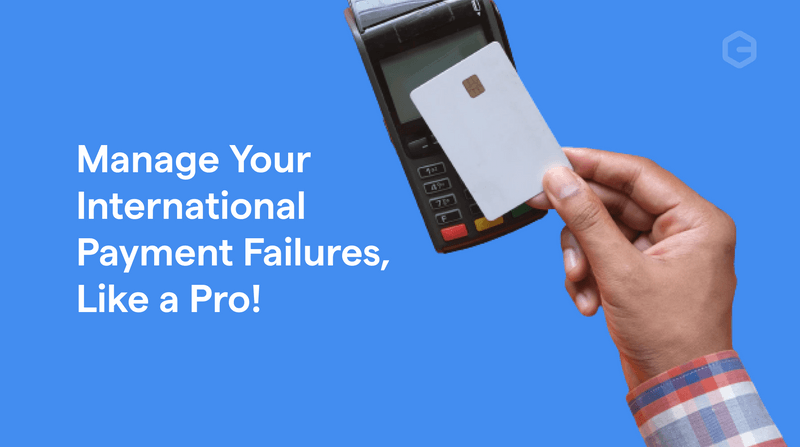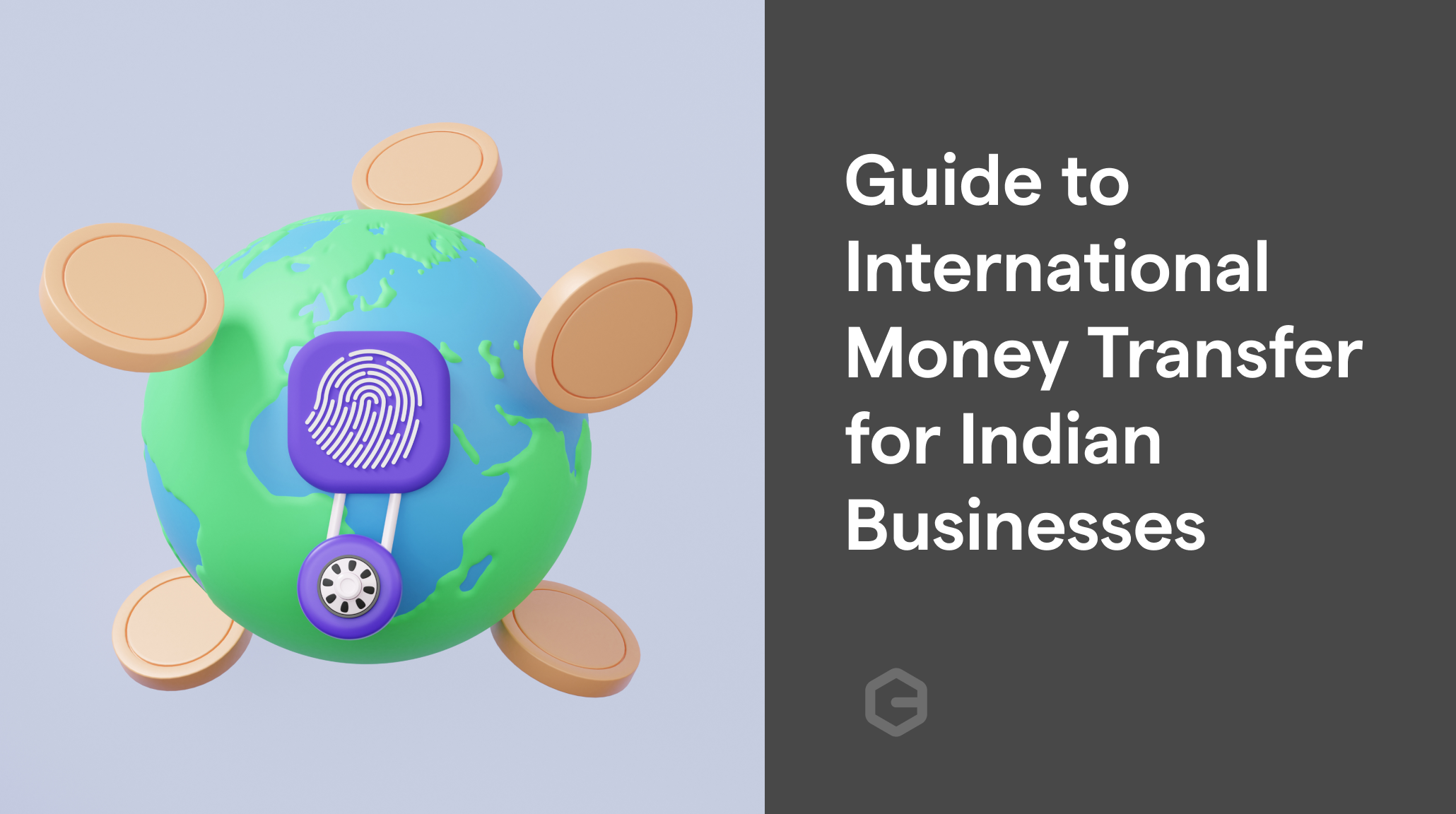Genuine or valid transactions can fail or be incorrectly declined due to suspicion of fraud. This is called a false decline. In 2019, valid transactions worth $20 billion were rejected through credit cards alone.
Why does this happen? Banks and other entities decline real and genuine transactions at the slightest hint of risk or fraud. This can however lead to the loss of legitimate business for merchants.
Why genuine transactions fail
There are several reasons for false declines, we've broadly categorized them into three major buckets.
- Issuing bank: The issuing banks may decline transactions due fraud filters being triggered on their side.
- Unusual transactions: Purchases that don't match a customer's usual spending habits can be flagged as fraudulent. It could be because of unusual amounts or locations.
- Payment gateway issues: The payment gateway doesn't support the method of payment or fraud filters in the payment gateway were triggered.
The declines can be soft declines or hard declines and managing them well leads to a significantly higher success rate saving precious customers and sales for the merchants.
Managing payment failures
International payment standards and infrastructure hasn’t evolved enough to meet the growing needs of global sales and transactions. Adding into the mix different local banking standards, payment methods, currency conversion, and payment chain gets longer and more complicated.
So, without proper payment processes and strategies in place, your payment acceptance rate and by extension, revenue take a hit. It is critical that businesses accepting payments from around the world take this seriously. One transaction decline not only leads to loss of that sale but in most cases, loss of that customer itself due to bad experience faced by them.
How to increase your payment acceptance rates
Businesses can build trust with some positive signals:
- Transactions persona: The more an issuer sees a transaction details closer to a domestic transaction, the most trust they have on that transaction.
- Usage of appropriate protocols: Usage of right back-end processing details such as PSD2 / SCA in Europe and 3DS 2.1.0 or 3DS 2.2.0 or direct Authorization leads to higher approvals rates in different markets as per local setup in that country.
- Complete payment requests: By collecting the right information for the payment method being used and passing on to the issuers.
Businesses rarely have the infrastructure or the means to make the above happen. The solution is to work with payment service/infrastructure providers that understand how to process global transactions the way they should be processed in different geographies. These entities have a high volume of transactions since they work with several businesses and understand how each transaction must be treated for getting that approval that matters to the merchants.
Increase your international payment success rates with PayGlocal
PayGlocal is a payment service provider that delivers one of the highest acceptance rates for cross-border payments. This is made possible because PayGlocal stack works in an optimal way to handle declines and retry these transactions with the right protocols for best approval rates.
We've established that banks decline transactions if they look risky. By changing the persona of a transaction to make it look more like a domestic transaction, PayGlocal increases the approval rates from the banks without burdening the customers. Our internal risk assessment engine runs data from several touchpoints to assess every transaction, thus processing authentic transactions and blocking fraudulent ones.
Talk to us today to increase your payment approval rates.



